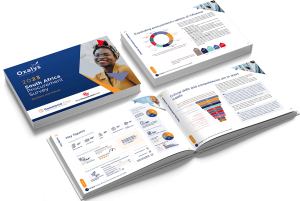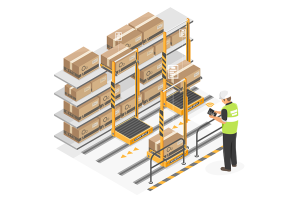 Do you have key performance indicators (KPIs) for your travel programme and are they realistic, measurable, achievable and aligned with your company strat
Do you have key performance indicators (KPIs) for your travel programme and are they realistic, measurable, achievable and aligned with your company strat
Evolution in the travel industry over the last couple of years has caused corporates to approach this part of the business at a more strategic level, requiring that a travel portfolio be managed in line with corporate goals and objectives.
Failure to align with corporate strategy may deem the portfolio irrelevant and travel managers/buyers can find themselves in a more administrative function, says Mohatle.
Therefore, it is the duty of travel managers/buyers to develop KPIs in order to determine if a travel portfolio is aligned with corporate goals and objectives.
Challenges facing travel managers/buyers once they have identified the need to develop and implement KPIs are:
- Where to start?
- What will the KPIs be?
- The implementation plan?
- The post implementation analysis?
1. Where to start?
Have a clear understanding of your corporate goals for short-term (1 year), medium-term (2 to 3 years) and long-term (3 to 5 years).
This will give you a clear indication of year 1’s priority and what you need to plan for year 2 (which may need to be included in your KPIs). Don’t implement African travel optimisation in year 1 if the corporate intends to implement such strategy in years 2 to 3. However, perform market research and benchmarking exercises with industry suppliers in year 1 in order to be ready for implementation in year 2.
2. What will the KPIs be?
In addition to what, how many. This differs from corporate to corporate based on their goals, cultures and bottom lines.
Global consulting firm ADVITO, in its white paper on KPIs, says that you can have 8 to 12 KPIs for your travel programme. However, it really depends on the type and size of your business, says Mohatle.
“A travel manager/buyer can only commit to the number of KPIs that the corporate culture is capable of supporting – don’t plan to fail. Begin with 5 to 7 KPIs in the first year and increase the number over time.”
Most common KPIs found within corporates are, in no particular order:
- Cost savings will be most important for a corporate that has just developed a travel procurement optimisation plan. For a corporate that has successfully implemented a travel procurement optimisation plan, cost containment and sustainability take centre stage.
- Policy compliance
- Supplier relationship management
- Fees associated with the programme
- Operational effectiveness and efficiency
- Total cost of a trip – travel and expense
- Health and safety (duty of care)
- Meetings, incentives, conferencing and events (MICE)
These will require careful planning. Consider the SMART concept: your KPIs need to be:
S Specific/Simple;
M Measurable;
A Achievable;
R Realistic; and
T Time based.
3. The implementation plan
Once these are outlined, a travel manager/buyer presents them to senior management and with its approval, lobbies and advocates for support from internal stakeholders and suppliers.
Support will be important for the success of the programme. “One cannot stress enough the importance of support,” says Mohatle.
4. Post implementation analysis
Depending on the KPIs you have implemented, review them quarterly or on a bi-annual basis to track progress and areas for improvement. At end of 12 months perform a full review of the programme and determine if you have achieved your goals.
For more information on developing travel portfolio KPIs contact Kele Mohatle at info@nakoconsultancy.co.za


























